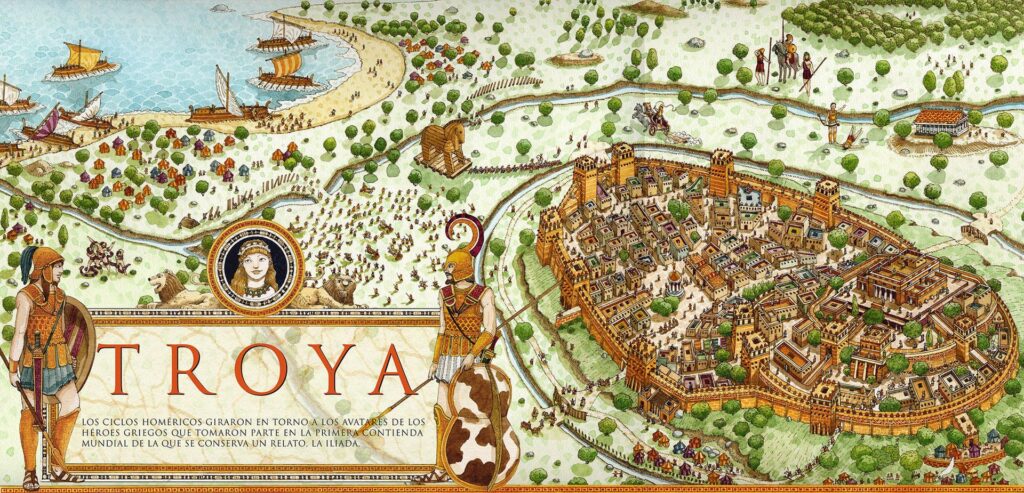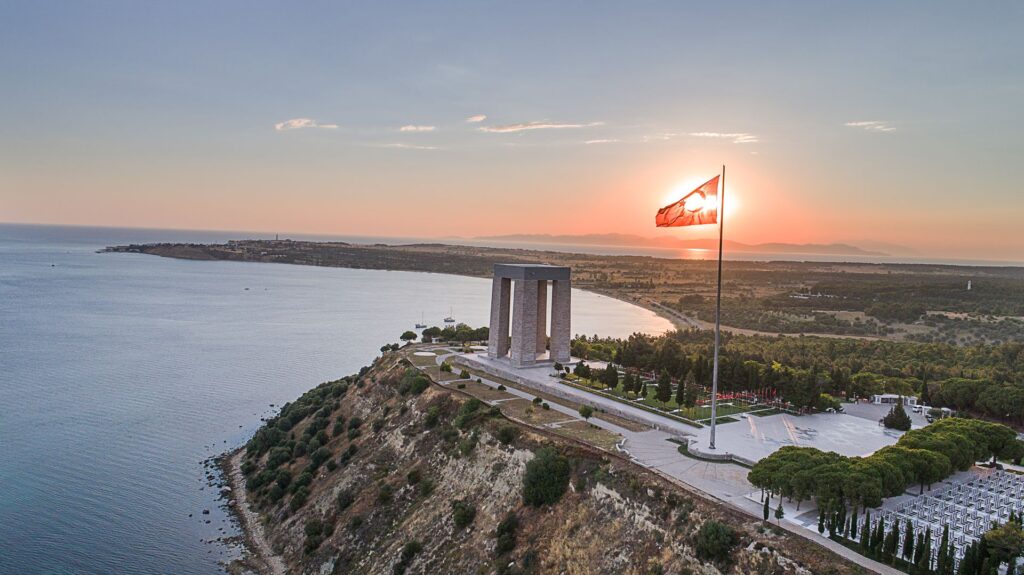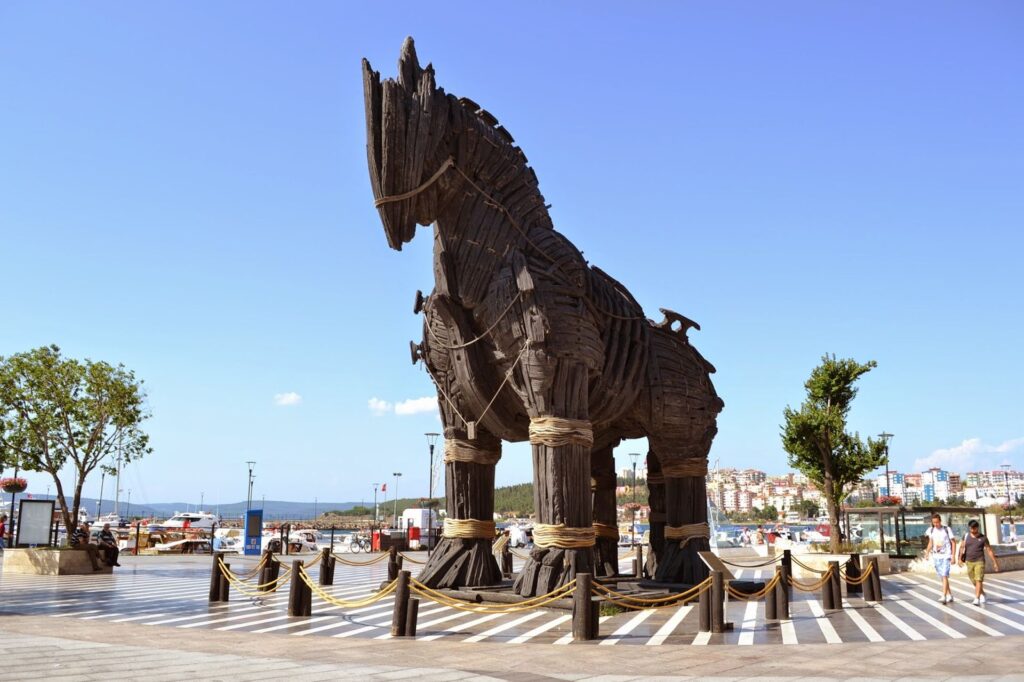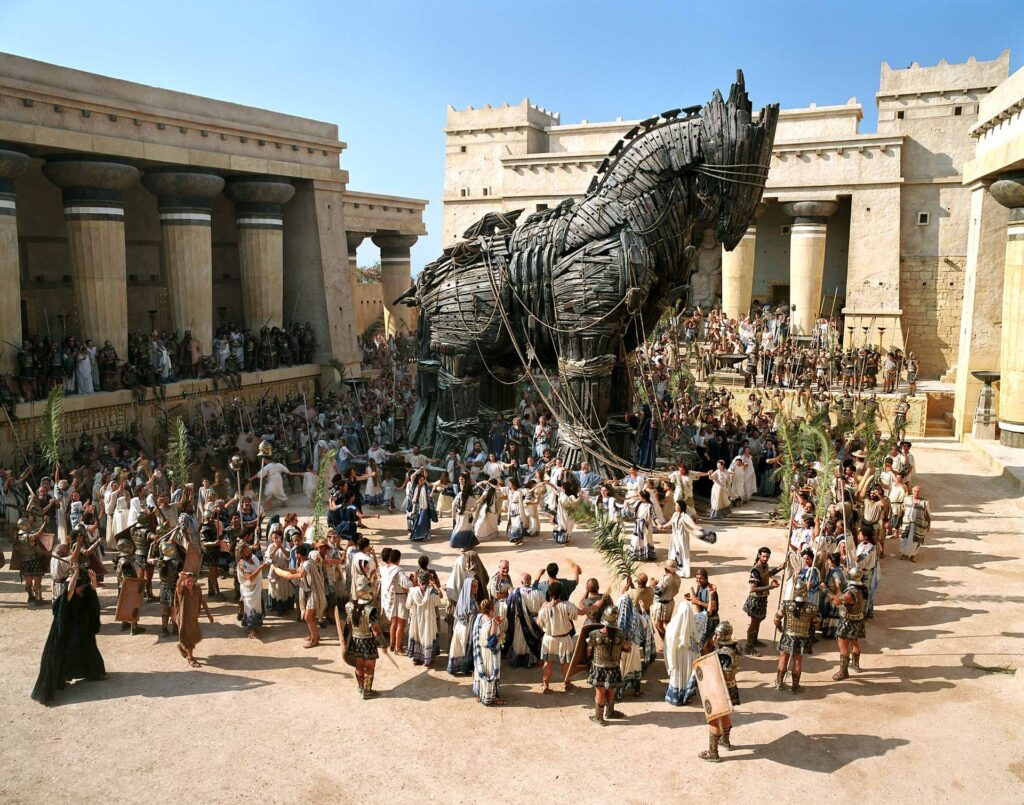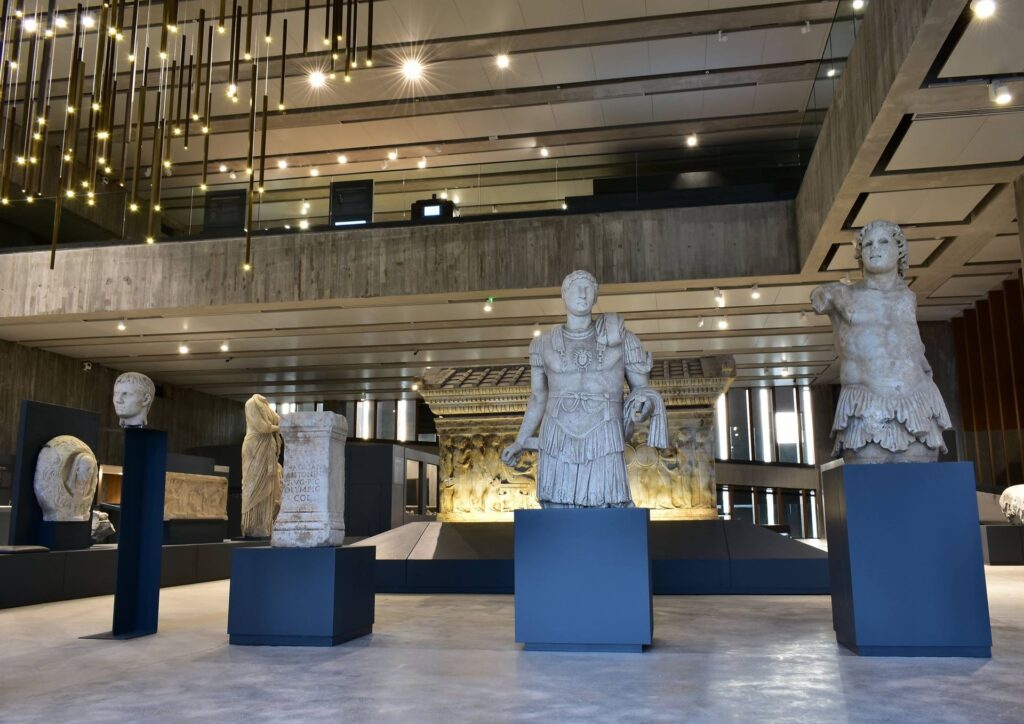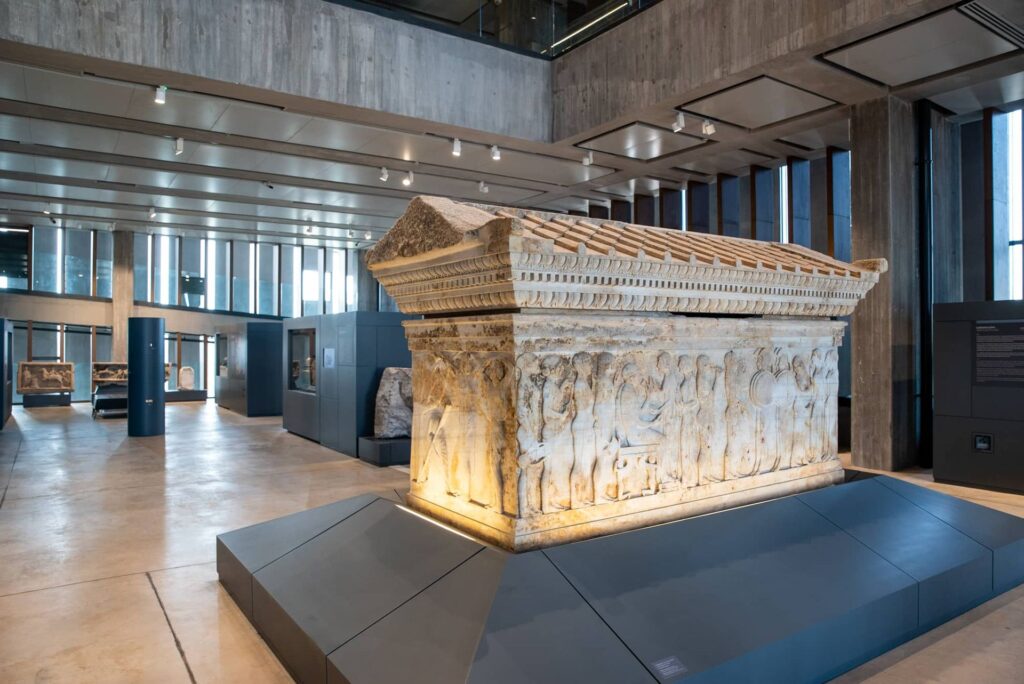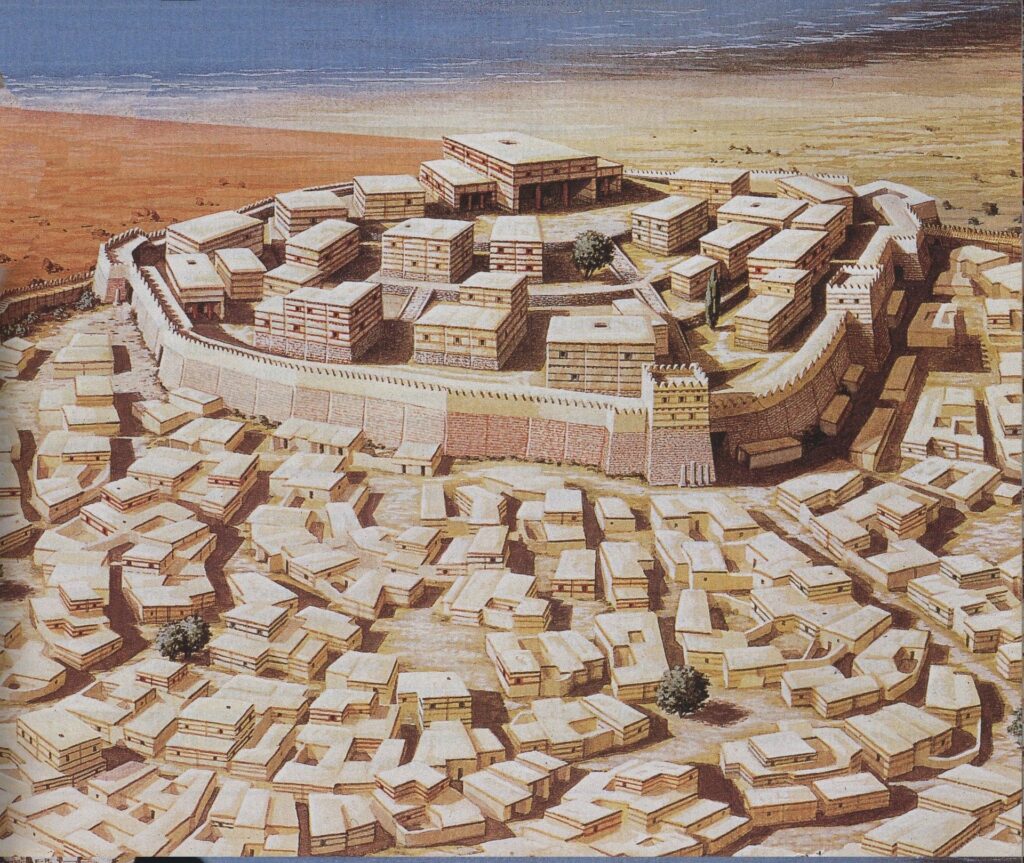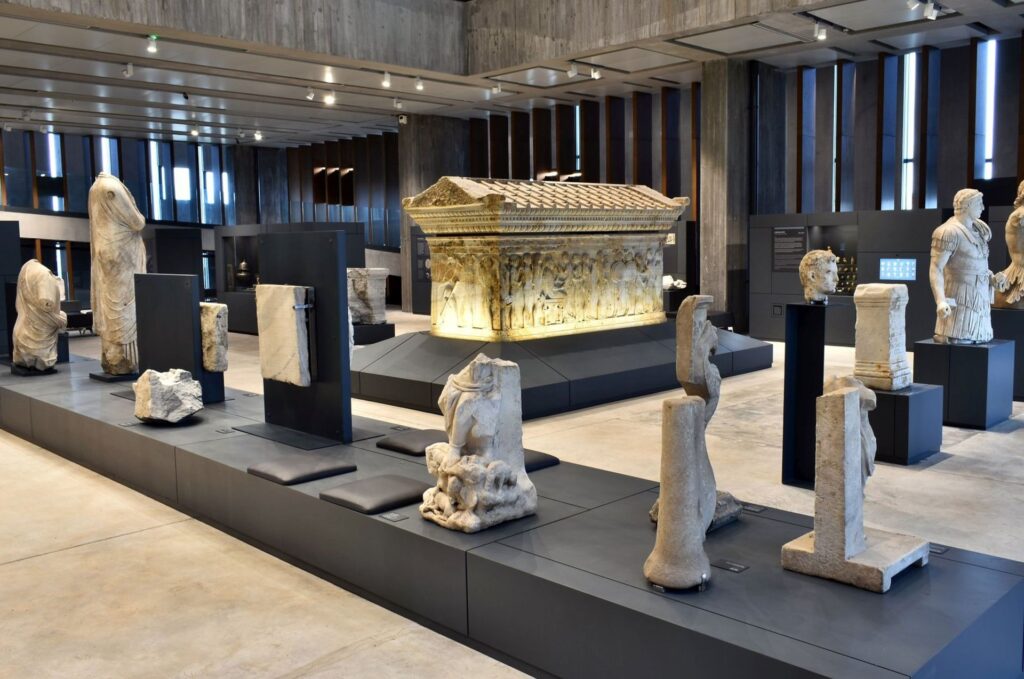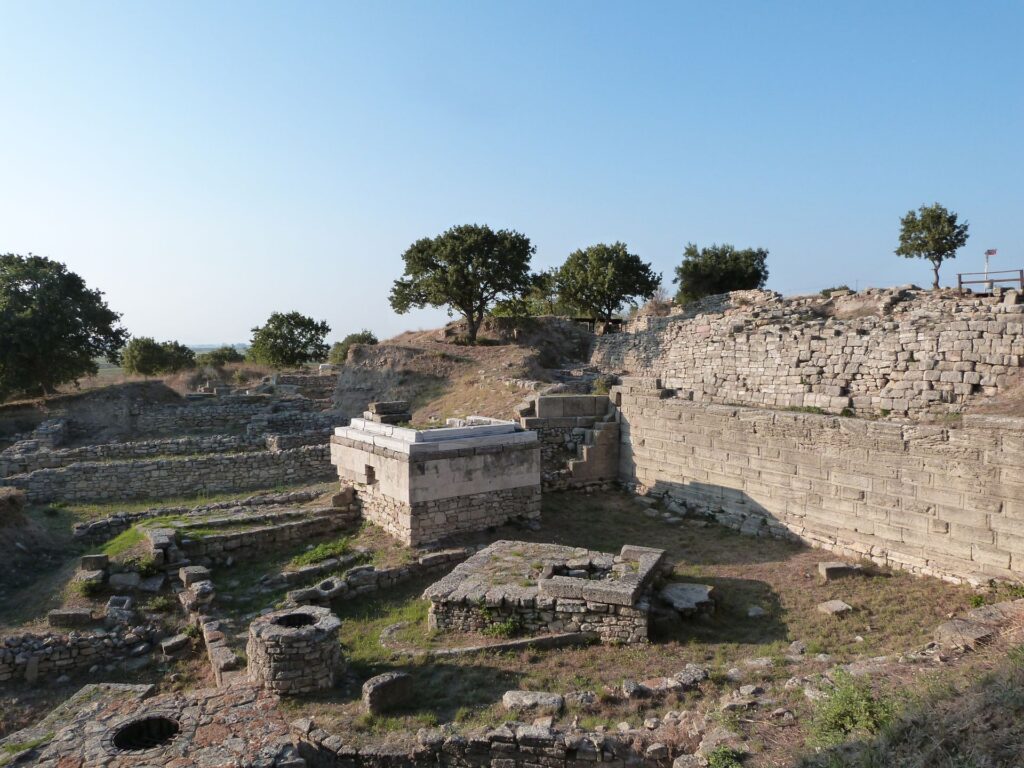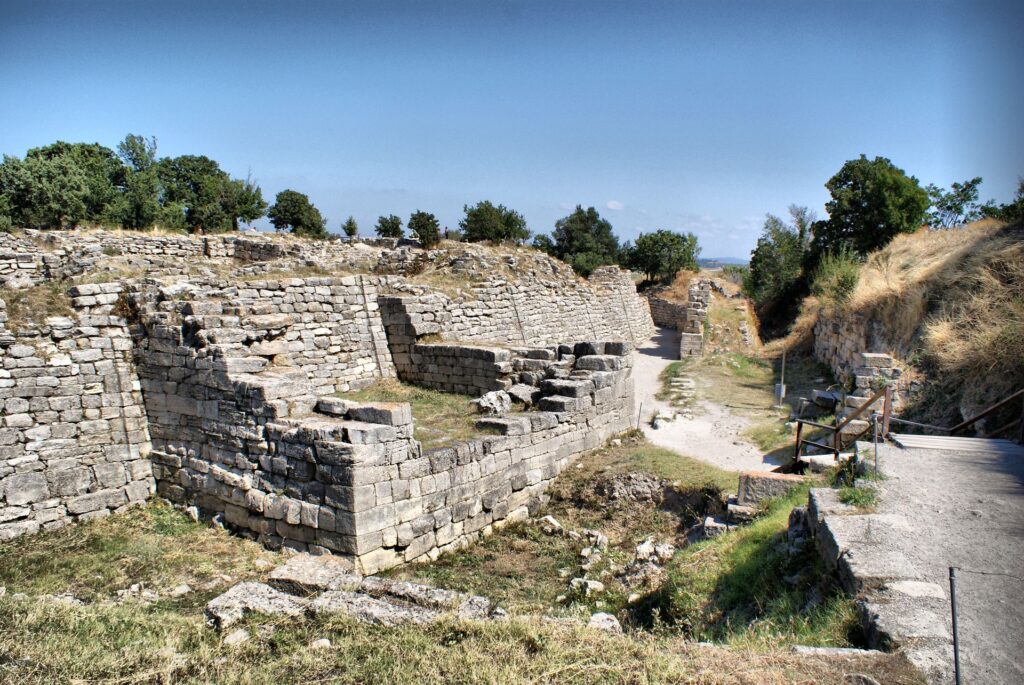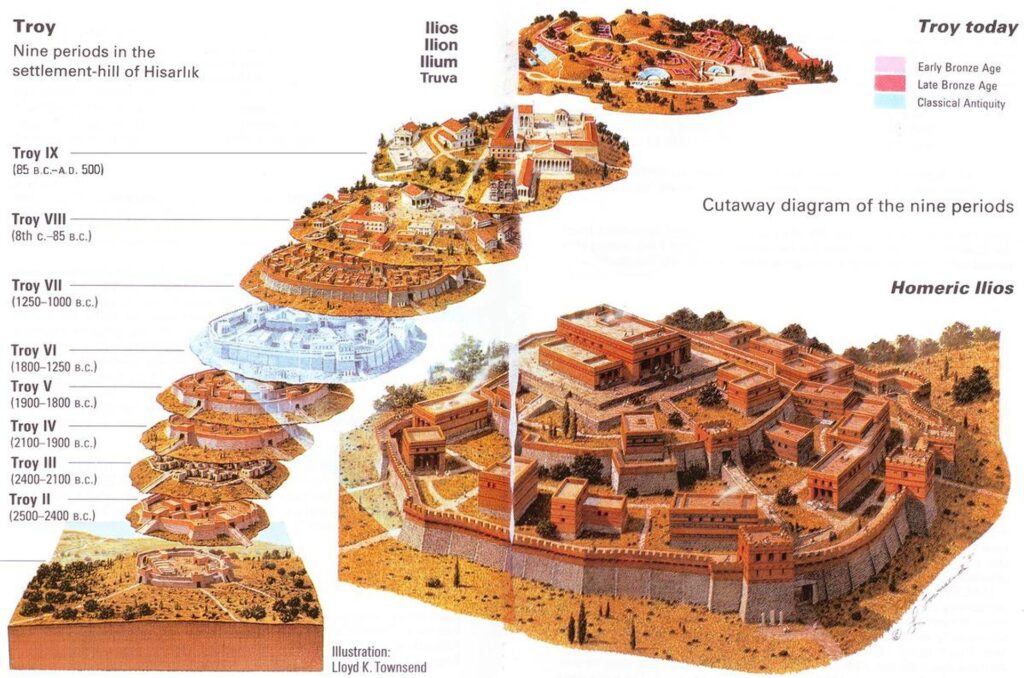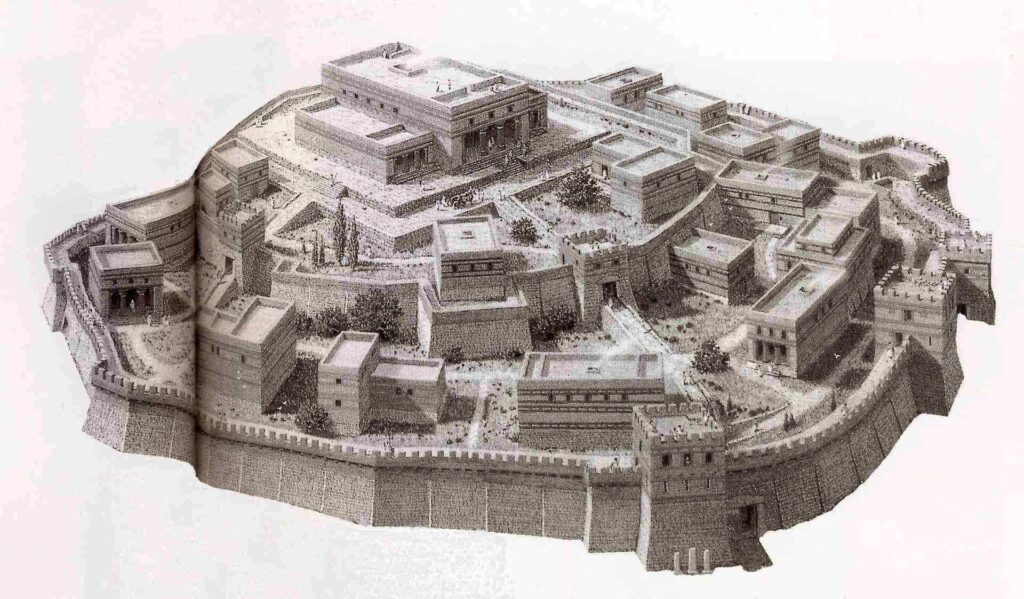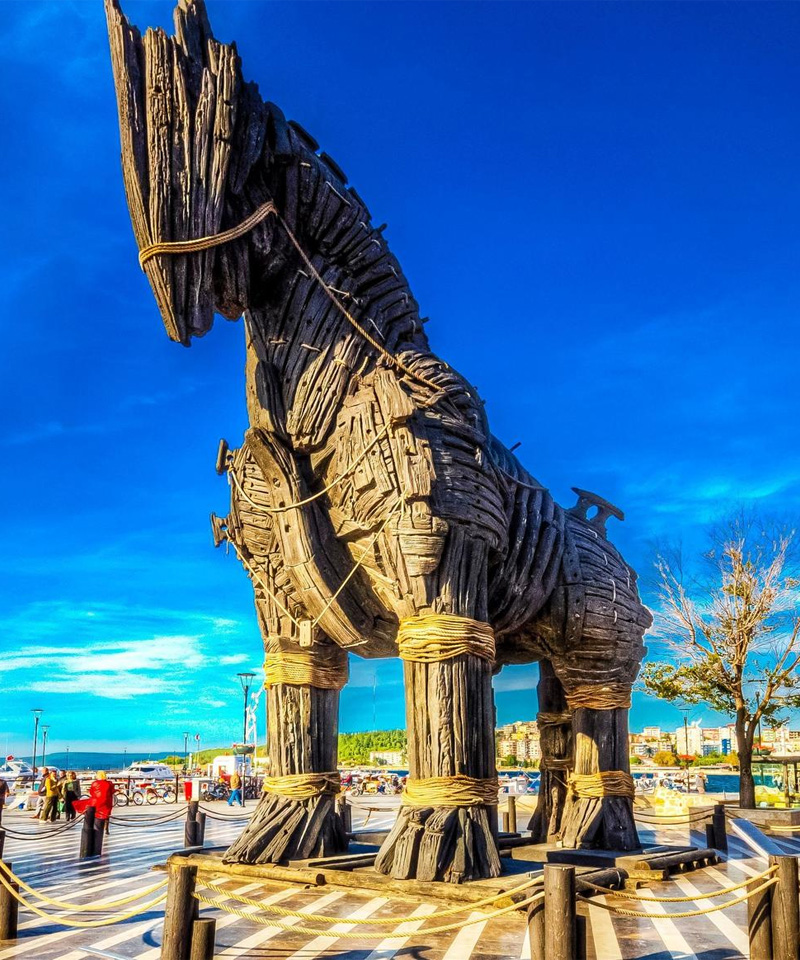ÇANAKKALE “City of Legendary Battles” (UNESCO World Heritage)
Çanakkale is located at the entrance of the Dardanelles, which connects the Aegean and Marmara Seas. It is a place where the leaders, commanders, warriors, artists, philosophers, explorers, and poets who are important for humanity throughout history have come across.
The lands where legendary war of Homer’s Iliad, and the Dardanelles Campaign, are located on both sides of the Straits, which separating the European continent and the Asian continent (Dardanelles/Hellespont). Çanakkale is the eternal resting place of honorable soldiers who lost their lives on the Gallipoli campaign. Gallipoli Peninsula National Park was established to immortalize the soldiers who lost their lives in this region during the Çanakkale Campaign. National park is home to natural beauties such as Arıburnu Hills and Tuzla Lake, as well as monuments, tombs, and statues.
Trojan War&Horse
The Iliad and Odyssey epics of Homer, who lived in today’s İzmir (ancient Smyrna) in the 8th century BC, are based on oral tradition that dates back to the 2nd millennium. The myth of the “Trojan War” and the sorrows of those who participated in this war have survived to the present day in the poems of Iliad and Odyssey. The Iliad consists of the events of the 10-year siege period in the Troy Wars. Subject of the legendary love story of Paris and Helen, the Trojan Horse was a tactical manoeuvre in history planned by Odysseus, the commander of the Achaeans, to take over the city of Troy.
(*In the traditional accounts, Paris, son of the Trojan king, ran off with Helen, wife of Menelaus of Sparta, whose brother Agamemnon then led a Greek expedition against Troy. The ensuing war lasted 10 years, finally ending when the Greeks pretended to withdraw, leaving behind them a large wooden horse with a raiding party concealed inside. When the Trojans brought the horse into their city, the hidden Greeks opened the gates to their comrades, who then sacked Troy, massacred its men, and carried off its women. This version was recorded centuries later; the extent to which it reflects actual historical events is not known.)*britannica.com
The 12.5 meter high horse at the entrance of the ancient city as the symbol of Troy was built by the Turkish artist İzzet Senemoğlu using pine trees brought from the Kaz Mountains in 1975.
Another wooden horse, the one used in the movie Troy which was shot in 2004 inspired by the Trojan War, is located in the city-center of Çanakkale.
The ancient city Assos was a center of philosophy where it was institutionalized.
Alexandria-Troas was built around 300 BC by Antigonos Monophtalmos, the commander of Alexander the Great, as the city of “Antigoia” and after the death of Alexander the Great, its name was changed by Lysmimakhos into “Aleksandria Troas” which means Alexander’s city in Troas.
The city was an important settlement with its carefully planned temples, small baths, stadium, fountain, stone paved street, theatre, trench and port. One of the buildings that remained erect is “Herodes Atticus Gymnasium” and it is one of the largest gymnasiums in Anatolia. Saint Paul passed through this city twice in his third expedition to Assos.
Kazdağı (Mount Ida) is located at the southernmost of Çanakkale and Kazdağı National Park is home to magnificient scenery and vegetation. This is the site of the world’s first legendary beauty contest, one of the best known scenes of the stories in the Iliad, which was held between Aphrodite, Hera and Athena.
